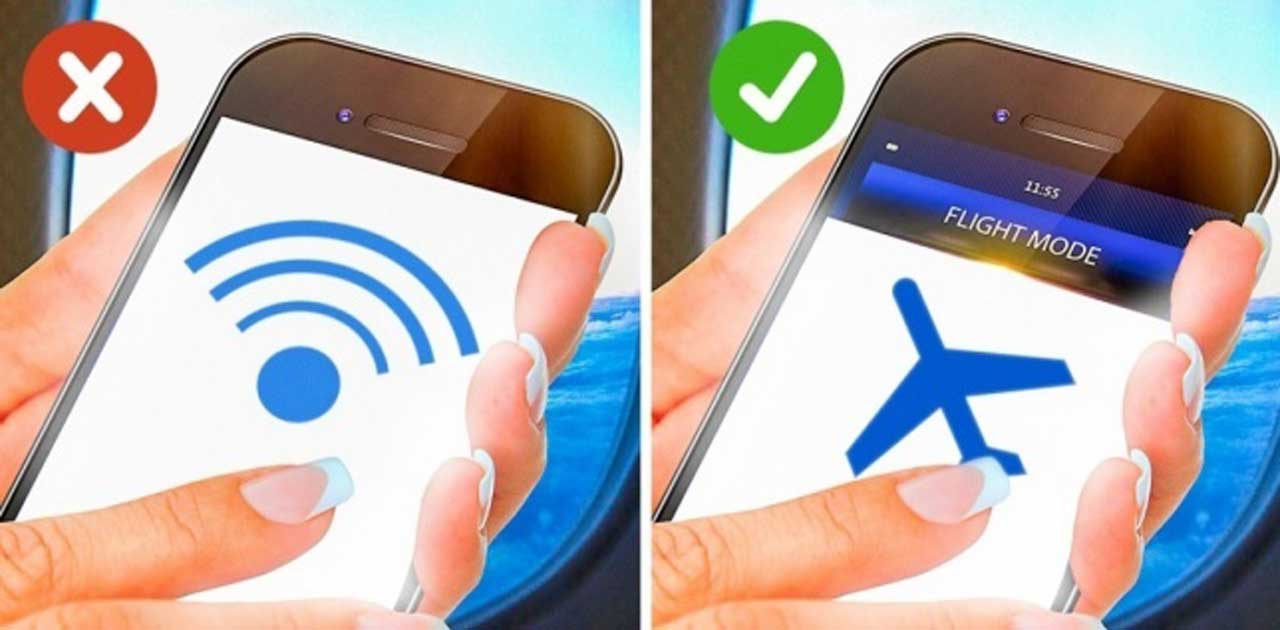We all know the rule by heart: “Please make sure your seats are upright, tables are tucked away, window shades are up, laptops are on high shelves, and electronic devices are in flight mode.”
Now the first four are reasonable, right? The curtains on the windows must be pulled up so that we can see if there is an emergency, such as a fire. The tray tables must be removed and the seats placed upright so that we can quickly get out of the row.
Laptops can become projectiles in an emergency, as the seat back pockets aren’t strong enough to hold them.
And cell phones need to be put in flight mode so they can’t cause an emergency on the plane, right?
Well, it depends on who you ask.
Technology has advanced a lot
Aviation navigation and communications have been dependent on radio services, which have been coordinated to minimize interference since the 1920s.
The digital technologies currently in use are much more advanced than some of the older analog technologies we used even 60 years ago. Studies have shown that personal electronic devices can emit a signal in the same frequency band as onboard communication and navigation systems, creating so-called electromagnetic interference.
But in 1992, the US Federal Aviation Administration and Boeing, in an independent study, studied the use of electronic devices to combat aircraft interference and found no problems with computers or other personal electronic devices during non-critical phases of flight. (Takeoff and landing are considered critical phases.)
The US Federal Communications Commission has also begun creating reserved frequency bands for various uses such as mobile phones, aviation navigation, and communications so they don’t interfere with each other.
Governments around the world have developed the same strategies and policies to prevent aircraft interference problems. In the EU, electronic devices have been allowed to be used since 2014.

